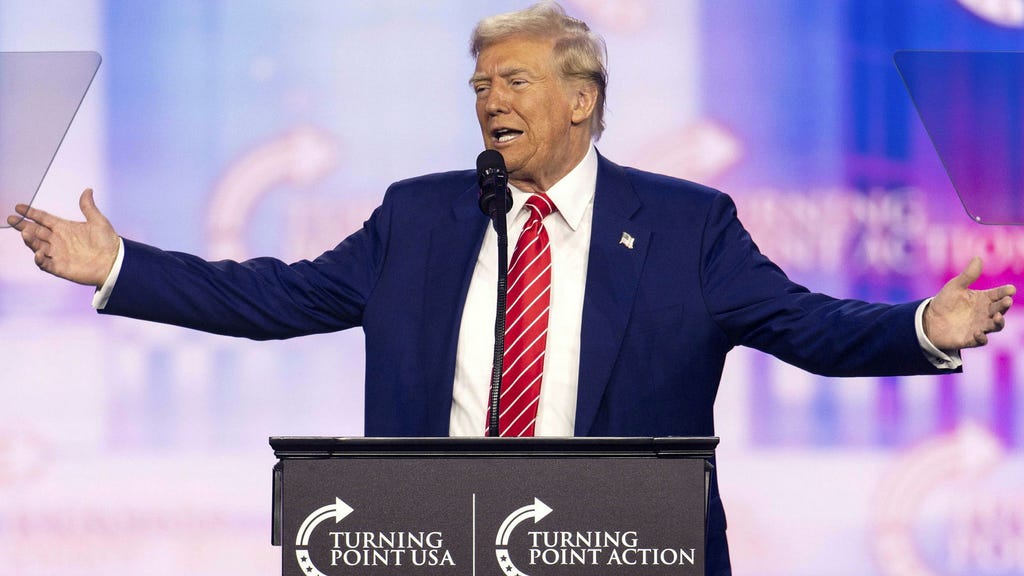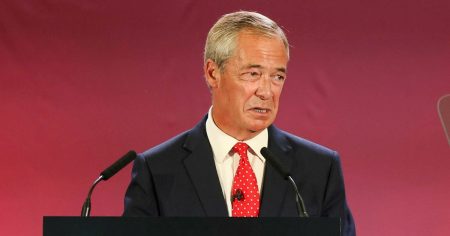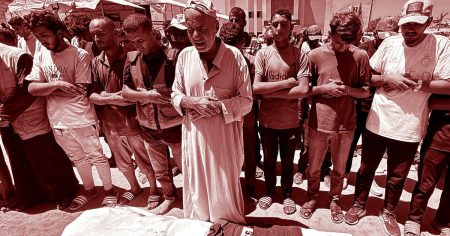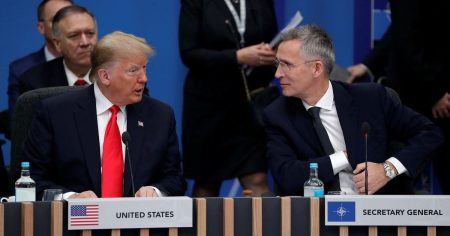The war in Ukraine has taken a grim turn. Intensified Russian attacks on Ukraine’s infrastructure, particularly its power grid, have become relentless, with only a single day in October recorded without drone strikes. These attacks not only disrupt daily life but also cripple the Ukrainian economy, creating significant challenges for the nation’s resilience. This surge in attacks contrasts starkly with the relative stability observed a year prior, when the front lines remained largely static despite heavy Russian casualties in their capture of Avdiivka. While there were signs of fatigue among Ukrainian forces then, the situation was considerably less volatile than it is currently.
A marked shift occurred in the summer of 2023, as Russian offensives gained momentum and resulted in significant territorial gains. Starting in June, the amount of Ukrainian territory captured by Russian forces escalated dramatically month by month, reaching a peak of 702 square kilometers in November. While territorial gains aren’t the sole metric for understanding the war’s progress, they provide a tangible measure of Russia’s intensifying pressure along the front lines. This aggressive push is widely interpreted as a strategic maneuver by Russia to establish a strong position in anticipation of a ceasefire potentially imposed by the Trump administration.
However, these gains come at a steep price for Russia. Casualty rates have soared to record levels, with daily averages exceeding 1,200 soldiers killed or wounded in September 2024, climbing to over 1,500 by November. This represents a drastic increase from the average of 300 casualties per day reported in 2022. Estimates from the Institute for the Study of War indicate a staggering loss of 125,800 Russian personnel between September and November 2024 alone. This attrition rate is unsustainable in the long run, raising questions about Russia’s capacity to maintain this level of intensity. Further compounding this issue is the declining quality of Russian troops, with many new recruits being older individuals and a significant portion facing financial difficulties.
The financial burden of sustaining the war effort is also taking a heavy toll on the Russian economy. Significant financial incentives, including enlistment bonuses of up to $31,000 and death benefits of approximately $71,000 for families of deceased soldiers, are straining the Russian budget. These sums, representing generational wealth in many impoverished regions of Russia, contribute to a substantial financial drain, with military expenditures reaching up to 2% of Russia’s GDP – an amount equivalent to Sweden’s entire defense budget. This financial strain has forced cuts in essential sectors like healthcare, education, and research, while also depleting Russia’s national reserve fund at an alarming rate.
The economic consequences extend beyond military spending. Rampant inflation, exacerbated by the weakening ruble, has forced the Russian central bank to maintain interest rates above 10% since August 2023 and above 15% since January 2024, reaching a staggering 21% at the time of this analysis. These measures, however, have failed to curb inflation, which continues to rise alongside a dramatic devaluation of the ruble against the dollar. This economic instability, coupled with the escalating military losses, paints a bleak picture for Russia’s long-term prospects in the conflict.
As Russia’s internal pressures mount, the looming possibility of a Trump-brokered ceasefire introduces a new layer of complexity. While a ceasefire may offer temporary respite, the nature of the agreement will be crucial. A hastily negotiated settlement, driven by the Trump administration’s desire for a quick resolution, risks creating a fragile peace vulnerable to future conflict. Conversely, a strategically crafted agreement that strengthens Ukraine’s position and includes robust security guarantees could pave the way for a more durable and lasting resolution. The choice between a short-sighted capitulation and a strategic negotiation will determine whether the conflict sees a temporary pause or a genuine end.














